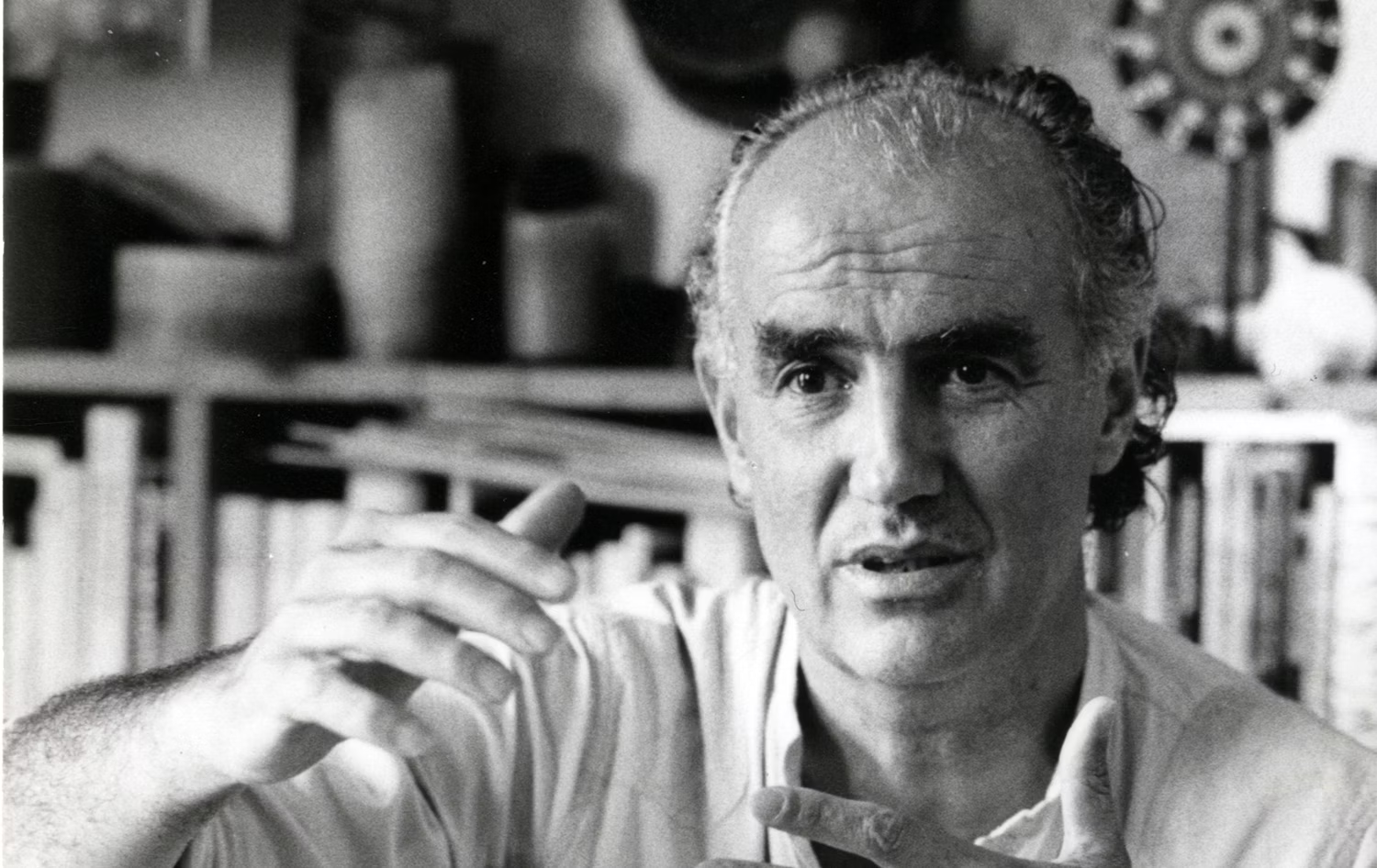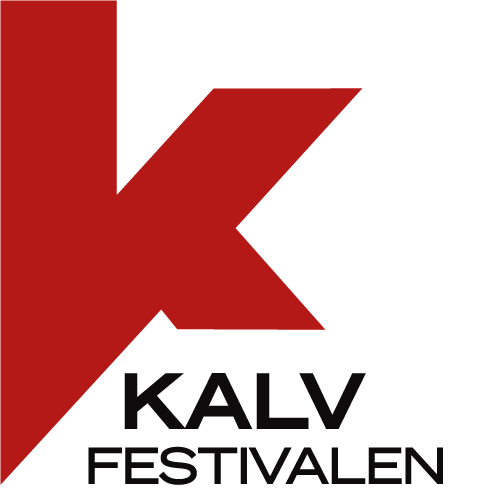 Italian composer Luigi Nono was born in 1924 in Venice, a city where music has always played a prominent role. It was the birthplace of early polyphonic music and the home of Vivaldi and his virtuoso concertos. Liszt and Wagner are late Romantic composers who owe much to Venice.
Italian composer Luigi Nono was born in 1924 in Venice, a city where music has always played a prominent role. It was the birthplace of early polyphonic music and the home of Vivaldi and his virtuoso concertos. Liszt and Wagner are late Romantic composers who owe much to Venice.
It was in this Venice, with its canals, alleyways and sumptuous palaces, that Nono came to live his life, and it was here that he captured the sounds and kaleidoscopic splendor of the city in his compositional work. Writers such as Marcel Proust and Italo Calvino have depicted this cosmopolitan melting pot. Nono has made music from the same material.
Considering a human life in its entirety is an insurmountable task. The richness of life overwhelms the closer you get to a person. Nono’s life is no exception, but two clearly distinct periods can be discerned: the young, politically radical Nono, and the late, philosophically thoughtful and almost esoteric Nono.
The break occurred sometime in the mid-1970s. It meant a reorientation from political idealism to a kind of radical utopian idea of listening. Nono’s music came to be characterized not only by doubt but also by hope, a music closely linked to death and suffering. The dead – they were parents, friends, teachers, but also something lost in his earlier idealism and hope for a new political reality. Societal developments were heading in a different direction.
During this year’s Kalv Festival, we will hear three late works, all of which have certain common features. In Nono’s music, these traits would remain and develop until his death in 1990.
Three words come to mind to summarize these features: the wave – the silence – the breath.
The wave is the sound that runs along the waters of Venice, but also in its bustling alleys and clanging bell towers. The wave, which propagates and becomes shifting resonances between islands, canals and walls. The wave is the sound that moves from one place in the concert hall to another. Everything is in motion, not just in one direction, but in several parallel tracks. Waves meet, break, change direction, strength and shape.
Silence – the anticipation before anything is uttered. A possibility, silence as contained and hidden meaning. But also silence as intensity and crossroads, as a place where it is important to be attentive in all directions. Silence is also a short pulse, a cessur – the inhalation before articulation.
Breathing – in a different sense than something mechanical. As the pulsing of life, and also how breathing (inhalation and exhalation) is a picture of the life cycle itself.
These three words are bound together in Luigi Nono’s music. From silence comes sound. It spreads like a wave and then recedes into silence. A musical breath (a phrase) is completed.
THE LIMITS OF MUSIC
The horizon of sound is silence. Every morning, Nono looks out at the Adriatic horizon from his window on the island of Giudecca. Everything sparkles, yet the ongoing music of Venice can be heard even where the field of vision ends. The tolling of bells, the crashing of waves and the shouts of people in the distance can be heard.
In the three works Fragmente – Stille; An Diotima, ….. sofferte onde serene… and Das atmende Klarsein, we encounter a composer who seems to have become mute when it comes to strong political references. The young Nono always made explicit political allusions, but in these works the music is suddenly exclusively abstract. Yet, if we look at the works more closely, almost more thought and reflection is revealed here than ever before in Nono’s work. However, the reflections are now of a different nature.
Poets and writers such as Hölderlin, Mayakovsky and Kafka can be read in the light of each other. Philosophers such as Nietzsche, Wittgenstein and Nono’s close friend Massimo Cacciari exert a strong influence.
The so-called linguistic meaning of the language is dissolved in these readings of the text and replaced by its sonorous, sounding qualities and even by wordless meanings. Nono is convinced that we must stop to visualize listening or to read music. We must rediscover listening as a communal activity.
Music takes over where the boundary of language can be discerned – that is what Nono begins to hear. Sight has its horizon line, hearing its, and the utopian place of music now becomes what is on the other side of the border. In other words, a possible music, but a utopian music nonetheless.
Nono often returns in his lectures and notes to the Austrian Robert Musil’s large-scale suite of novels The Man Without Qualities. The fourth chapter is entitled: “If there is a sense of reality, there must also be a sense of possibility.” For Nono, these words encapsulate what he sees as the most important task of a composer: to make possible what can only be imagined. The artist is the one who brings to light what the world previously did not know existed. The approach bears antique features. The stonemason recognizes something in the block of marble, which he chisels out, creating a work of art, which previously existed only as an idea.
During the work on his string quartet, Nono receives the sketches and notes of the imprisoned German poet Hölderlin. Nono can see how parallel events come together on superimposed papers. He becomes aware of different languages, different interpretations of the same poems, indeed, different possibilities. Nono writes: “When I hear something, I hear something else at the same time, sounds of other kinds that do not belong to the others. That is also the problem of different levels of sound.”
The above is echoed in all three works we will hear at this year’s festival. Nono works with simultaneous layers of both sounds and structures. We can listen to low, wave-like pulses in …..sofferte onde serene…, the opening of the string quartet is more like a violin solo, where the rest of the ensemble constantly fills out the resonance of a fragmented melody line. The use of inhalations and exhalations in Das atmende Klarsein is striking.
Others remain hidden, such as the Hölderlin indications that the string players are supposed to reflect on silently in the long, drawn-out fermatas of the string quartet, or the silently depressed keys in the piano solo.
Even more hidden is the working method Nono develops in Das atmende Klarsein together with flautist Roberto Fabbriacciani. There they let electronics and instrument amplification explore the space of music. The music takes form as discoveries are made.
DOUBT
Luigi Nono’s late music is usually associated with doubt. It was not only his own ability to compose that Nono doubted, but also the audience’s ability to listen. The doubt, however, holds hope. At a time when the world seems to be falling apart (we must read Nono in the light of both the horrific memories of the Second World War and the nuclear threat of the Cold War – aware that our own contemporary image radiates a similar darkness), there is hope that by challenging ourselves we can reawaken not only our humanity but also our listening. It is not only to ourselves that we should listen. It is not our own beliefs to be confirmed. By actually starting to listen – to each other – we could reawaken communal listening, an ability that, according to Luigi Nono, our culture has long since lost.


